DepthReading
Important Discoveries at Huangjinwan Archaeological Site, Guizhou Province
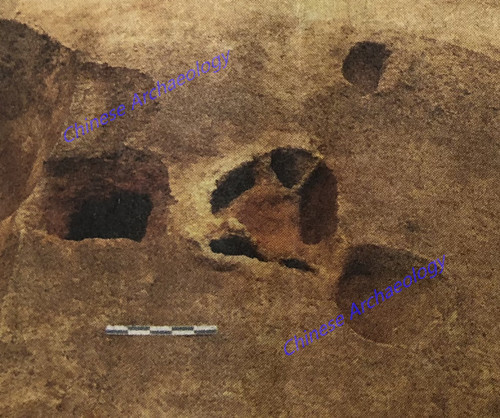
The Neolithic Remains
There are more than 20 archaeological remains uncovered belong to the Neolithic period, mainly include house remains, pottery kilns, and ash pits. The pottery kilns are the earliest and most complete ones found in Guizhou province. The Neolithic assemblages are dominated by potteries, with a small number of stone tools. The main ceramic type is sandy-mixed coarse pottery, typical objects include the deep-belly pot with folded edge, pot with a swelled bottom and folded edge, and…etc. In general, there are similar characteristics between the Neolithic assemblages at Huangjinwan site and the late Neolithic assemblages found from the Xiajiang region and Southern Sichuan region. These remains are the first clear concentrated discovery in North Guizhou province.
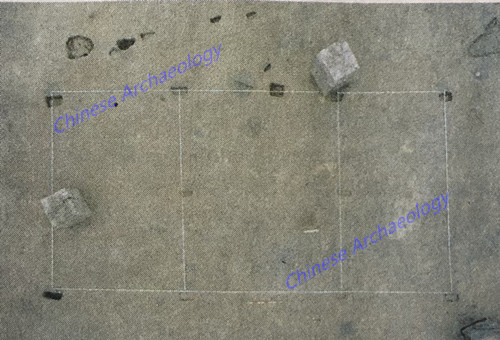
The Shang and Zhou Remains
Only a few remains (such as ash pits and ash ditches) found are dated to Shang and Zhou dynasties. However, some typical wares including small flat-bottomed pots, cups with pointed bottoms, and high-handled dou vessels were uncovered, which indicate the cultural influences from the Shi’erqiao culture of the Sichuan and Chongqing region. According to the morphological analysis of the utensils, these remains mainly belong to the Western Zhou period.
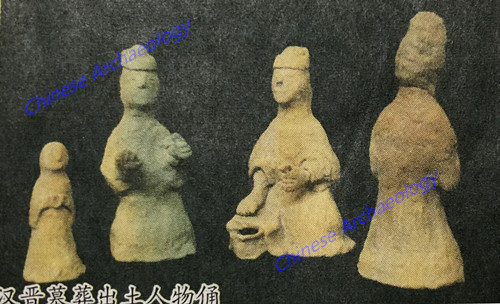
Figurines from Han and Jin Dynasty
The Han and Jin Remains
There are more than 200 remains found belong to the Han and Jin dynasties, include house remains, hearths, ash pits, ash ditches, and tombs. Among the remains, there are 58 tombs, including earthen shaft pit tombs, cliff tombs, brick chamber tombs, urn burials, and tile-coffin burials. Through the analysis of the distribution of the remains and artifacts, it is confirmed as the largest Han settlement site in the Chishui River basin and north part of Guizhou province.
31 earthen shaft pit tombs were uncovered. They are divided into three rows and distributed in parallel along the Chishui River with no overlapping pressure and broken phenomenon. Most tombs are well preserved. All the tombs are rectangular-shaped, some with a 2-staged platform built of mellow soil, some with a stepped tomb passage, and some with a head box. There are some cultural phenomena within the tombs, such as cooking pots were placed together on the stone to simulate cooking scenes; fish, poultry, eggs, sheep legs, and weapons were buried with the dead. These cultural phenomena indicate special funeral customs. According to the uncovered funeral remains, there are many common characteristics between these tombs and the tombs that were found in the Sichuan and Chongqing region dated from the mid-to-late Western Han period to the early Eastern Han period.
There are 17 urn/pile burials uncovered from the site, mainly concentrated distributed into groups. In general, the burial utensil was placed in a circular or oval pit, usually without any funeral goods. Many burial utensils uncovered contain small pieces of human bones or some bone ashes, which indicate that these burials could be the burials of children or infants. The types of burial utensil include different pottery or tile combinations such as pot-jar, lid-jar, urn, pantile-ceramic pieces, and plain tile.
7 cliff tombs were found on the hill slopes of the eastern part of the site. They are all the longitudinal-aligned tombs with tomb passages, corridors, and coffin chambers; some of them also have subsidiary facilities such as side chambers, back shrines, and stone hearths. In general, the tombs are gradually inclined with higher inside and lower outside. There are drainage at the bottom of the tombs. These tombs are facing to the west. Clear chisel marks are found on the wall in some cliff tombs. The form of the tombs, construction method, and the uncovered funeral objects are similar to the Han and Jin cliff tombs found at Ma’anshan Mountain, Fuxing, Chishui city, near the southern Sichuan region and northern Guizhou region. Therefore, they should be>
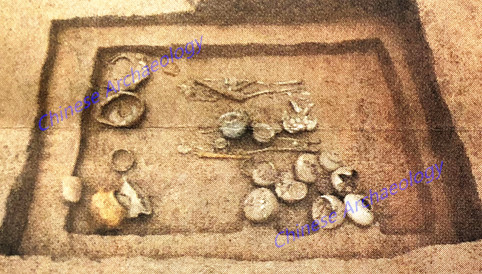
The earthen shaft pit tomb of Han Dynasty
Based on the analysis of the burial patterns, the characteristics of burial goods, and the number of burial dead, these tombs indicated that the funeral custom was developed from earthen shaft pit tombs without tomb passages to earthen shaft pit tombs with tomb passages, hence to the tombs with brick chambers, and finally to the cliff tombs.
The Han and Jin assemblage is extremely rich, including ceramics, stone, bones, lacquer wares, bronze wares, iron wares, silver wares, and gold-decorated wares. The ceramic remains uncovered are mainly clay-based potteries, recognizable type in addition to the practical vessels are lamps, smoked stoves, slates, pan tiles, plain tiles, net pendants, spindle whorls, house models, reservoir models, figurines, and so on. The main chipped stone tools are stone cores, stone flakes, broken pieces; only a few finished products were found. The ground or polished implements uncovered are mainly tools such as axes, adzes, and chisels. The bronze wares found are cauldrons, pots, bowls, mirrors, bracelets, earrings, hooks, seals…etc., as well as coins. The iron wares found are knives, cuts, swords, spears, caldrons, spades, hoes…etc., of which the quantities of iron knives and iron caldrons uncovered are the largest. The silver wares found are mainly rings and other decorations. These remains contain the Han cultural characters of the Central Plains, while the cultural factors of Bashu region also occupy a large proportion, at the same time, they also have cultural characters of the southwest Yi region, Hubei and Hunan provinces, and the northwest region.
Values and Significance
There are abundant late Neolithic remains found at the Huangjinwan site. Many typical ceramics that were rarely found in Guizhou province were excavated and restored, especially the recovery of the earliest and most complete Neolithic pottery kilns. It is very important to our understanding of the pottery-making technology, the cultural characteristics, and the cultural interactions with the Xiajiang region and Southern Sichuan region, of the Chishui river basin and north part of Guizhou province during the Late Neolithic period.
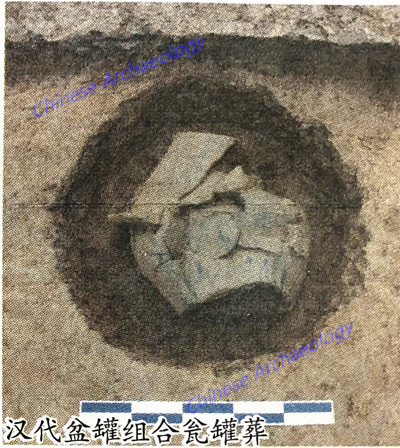
Urn burial with a basin and a pot
The discovery of the Shang and Zhou remains at Huangjinwan site has further enriched the distribution scale and cultural connotation of the Shi’erqiao culture. Also, along with the archaeological discoveries of other sites within the Chishui river basin, this excavation provides new information and clues for the study of the cultural diffusion of Shi’erqiao culture to the high plateau of Guizhou province, which is significant to the discussion on the interaction and exchange of different population groups in the southwest China during the Shang and Zhou dynasties.
The discovery of the largest Han settlements in the Chishui river basin of Sichuan, Yunnan, Guizhou provinces has great significance to the reconstruction of the burial phase system of the Han tombs in the Chishui river basin and Qianbei region, and the study of the funeral customs and social features during the Han dynasty. Knives, swords, spears and other weapons, as well as a small quantity of agricultural implements, were found buried in the Han tombs, indicating the tomb owners may be related to the military settlement. Also, there were no military wound marks on the bodies. Therefore, it coincides with the historical records about the population migration and construction of the southwest Yi region during the Han dynasty. It not only provides new physical data to the study of the development and operation of the border areas by the central government, but also has positive significance to the research of the formation and development of the South Silk Road. (Translator: Li Xuelei)
Category: English
DepthReading
Key words:
